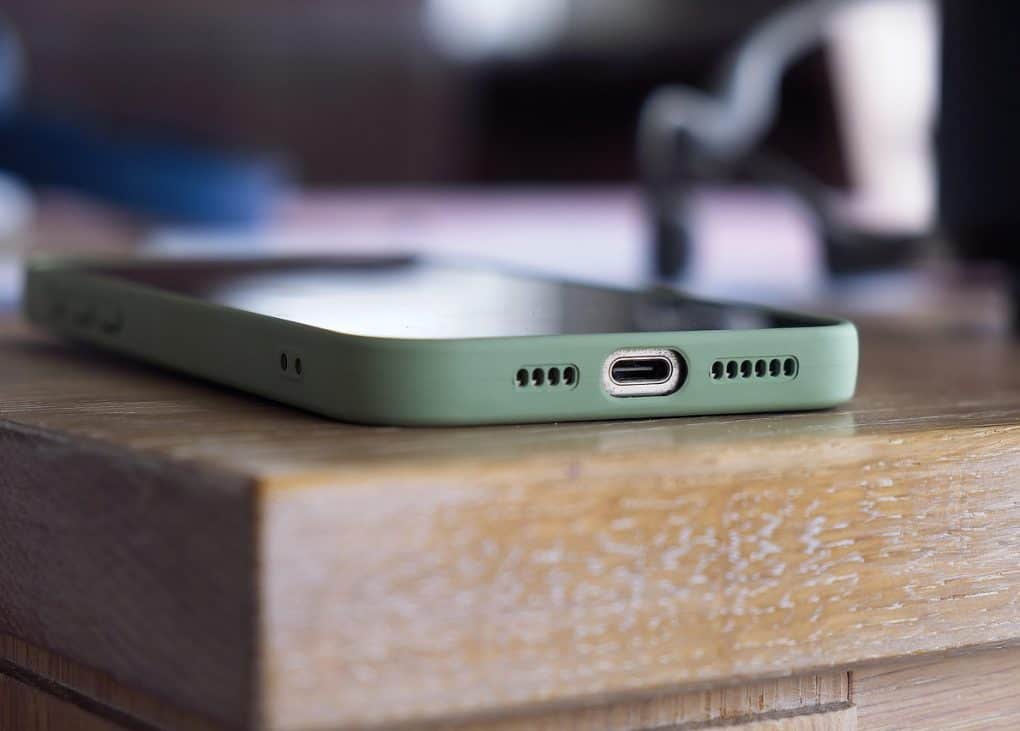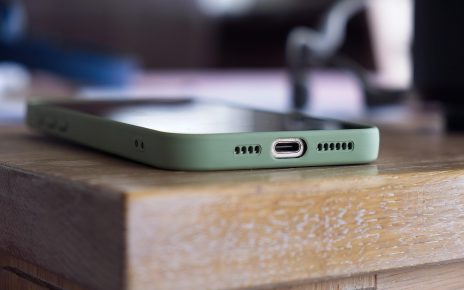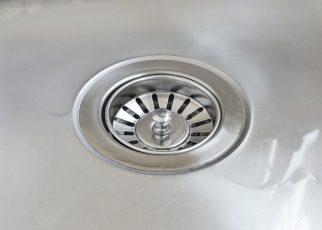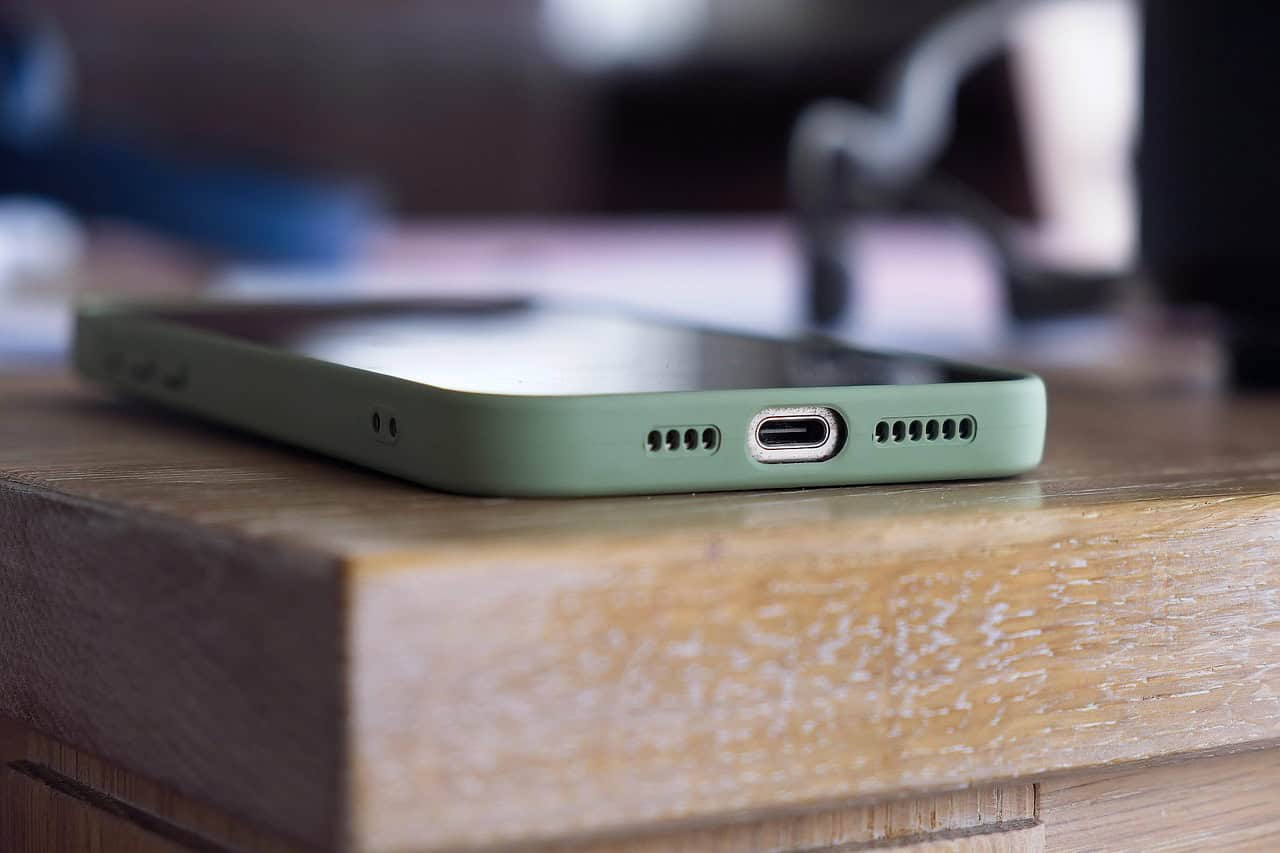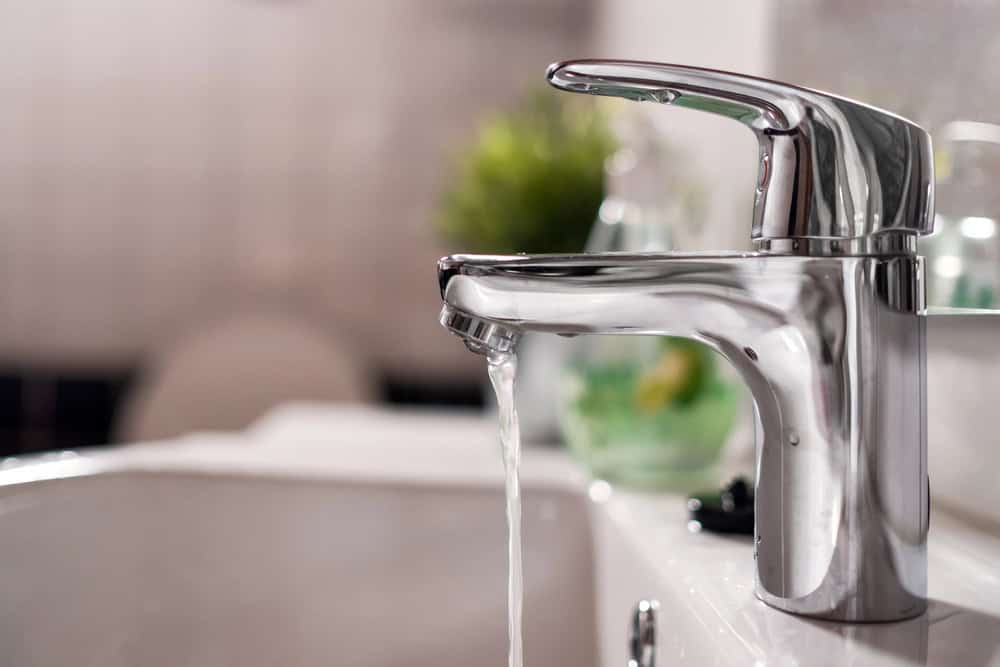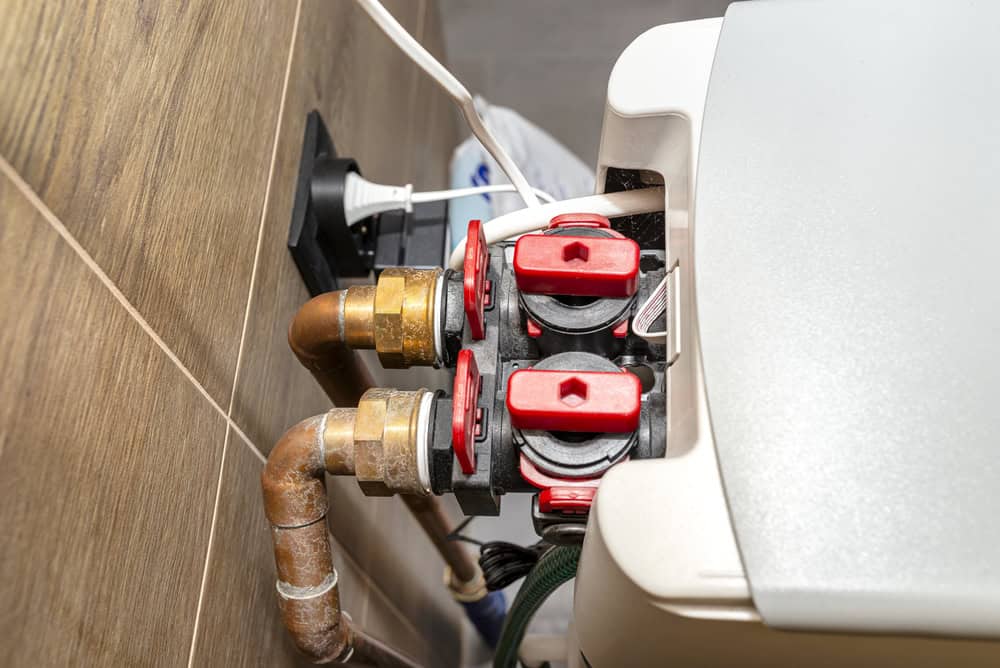Renovating your pool can feel like a daunting task, especially when budget constraints come into play. However, with thoughtful planning and a clear strategy, you can achieve a stunning transformation without emptying your wallet.
This article will guide you through effective steps to create a beautiful pool area while keeping finances in check.
Assessing Your Current Pool Setup
Before diving headfirst into a renovation, take a long, hard look at what you currently have. Inspect the structure, check for leaks, and evaluate the condition of the tiles and coping.
This assessment will help you determine what needs immediate attention and what can wait. Note down repairs and enhancements that can maximize your pool’s functionality and aesthetic appeal.
Establishing a Realistic Budget
Once you’ve assessed your pool’s condition, it’s time to set a budget. Consider costs for materials, labor, and any unexpected expenses that might crop up.
A good rule of thumb is to set aside an additional 10-20% of your total budget for surprises. This cushion can save you from stress later on. List your priorities; perhaps you want a new tile design but can wait a bit longer for a patio upgrade.
Researching Design Options
Explore various design options for your pool area. Browse magazines, websites, and social media platforms to gather inspiration. This process will help you visualize what you want.
Keep in mind that simpler designs often come with smaller price tags. For instance, classic layouts with minimalistic features can be both attractive and budget-friendly. Choosing durable designs and quality finishes now can go a long way toward enhancing the lifespan of your swimming pool.
Choosing Cost-Effective Materials
When selecting materials, look for cost-effective alternatives that don’t compromise quality. For instance, instead of expensive natural stone, consider ceramic tiles that mimic stone appearances.
Research local suppliers for discounts and promotions. Bulk purchasing can also save you money, so if you have neighbors considering similar upgrades, team up to negotiate better rates.
Prioritizing DIY Approaches
If you have some skills or are willing to learn, consider taking on certain tasks yourself. Simple jobs like painting, landscaping, or installing lights can help cut labor costs.
Watch tutorials online and gather materials; it’s a fantastic way to make your renovation more hands-on and personal.
Scheduling Wisely
Timing can significantly influence costs. Off-season renovations often come with lower labor rates and material costs.
Plan your project during colder months or right before the swimming season begins. This strategy not only reduces costs but can also help you avoid delays due to weather conditions.
Seeking Multiple Quotes
Don’t settle for the first contractor you find. Collect multiple quotes from different professionals to compare prices and services.
This process will give you a better understanding of the going rates in your area. Ensure you check reviews and ask about previous work to find a reputable contractor who fits your budget.
Understanding Financing Options
If your budget is tight, investigate financing options. Some contractors offer financing plans that allow you to spread payments over time.
Look into home improvement loans or personal loans with favorable terms. Carefully read the fine print to ensure you fully understand any obligations before committing.
Breaking Down the Project
Instead of tackling the entire renovation at once, consider breaking it down into phases. Focus on the most crucial aspects first—like fixing leaks or upgrading safety features—and save decorative elements for later.
This approach allows you to spread out costs over time while still enjoying improvements incrementally.
Incorporating Energy-Efficient Features
While they may have a higher upfront cost, energy-efficient features can save money in the long run. Consider LED lighting, energy-efficient pumps, or solar heating systems. These upgrades reduce monthly utility bills and can also enhance the overall experience around your pool.
Exploring Landscaping Ideas

Enhancing the area around your pool doesn’t have to be exorbitantly priced. Simple landscaping changes, such as planting native plants or adding gravel pathways, can create a visually appealing environment.
Use mulch or stones for easy maintenance and an attractive look. Save on costs by getting plants from local nurseries or even propagating your own from cuttings.
Focusing on Lighting
Good lighting can transform your pool area without requiring a major renovation. String lights, lanterns, or solar-powered fixtures can create an inviting atmosphere.
Consider installing lights that can be controlled remotely or dimmed to set the mood for various occasions. These smaller upgrades can significantly enhance your space without breaking the bank.
Utilizing Accessories and Decor
Sometimes, it’s the little things that make a big difference. Consider adding accessories like new pool floats, towels, or outdoor furniture.
These items can refresh your space without requiring a complete overhaul. Look for sales and discounts at local stores or online marketplaces to find stylish items at a fraction of the cost.
Implementing Safety Features
Safety should always be a priority, especially if children or pets are around. Consider adding safety covers or pool alarms. While these may seem like additional expenses, they can potentially save you from costly accidents and liability issues down the line.
Planning for Maintenance Costs
Renovating a pool also means considering future upkeep. Factor maintenance costs into your budget.
Regular cleaning, servicing, and repairs should not be overlooked. Set aside a portion of your budget for ongoing maintenance to keep your pool in top shape for years to come.
Engaging with Community Resources
Check local community forums or social media groups for pool owners. Other homeowners can share tips, local contractor recommendations, or even trade services. These resources can provide valuable insights and possibly save you money on your renovation.
Utilizing Technology
Invest in pool technology that can streamline maintenance and reduce costs. Automated cleaning devices, water quality testing kits, and smart thermostats can all make caring for your pool easier.
Research apps or devices that can help monitor your pool’s functionality, ensuring it runs efficiently without added hassle.
Building a Contingency Plan
Even the best-laid plans can go awry. Always have a backup plan in place for unexpected setbacks. Whether it’s a delay due to weather or unforeseen structural issues, being prepared can mitigate stress.
If you build flexibility into your timeline and budget, you can smoothly navigate any bumps in the road.
Communicating Clearly with Contractors
When working with contractors, clear communication is key. Make your expectations known from the start, and keep the lines open throughout the project.
Discuss timelines, budgets, and any changes along the way. This transparency can help avoid misunderstandings and keep costs in check.
Embarking on a pool renovation can be an exciting venture. By taking a structured approach, doing your homework, and making thoughtful choices, you’ll be well on your way to a beautiful pool area without the financial headache.
Your vision can come to life, reflecting your style and enhancing your outdoor space, all while being mindful of your budget.


